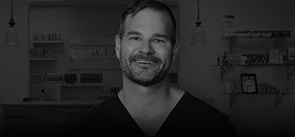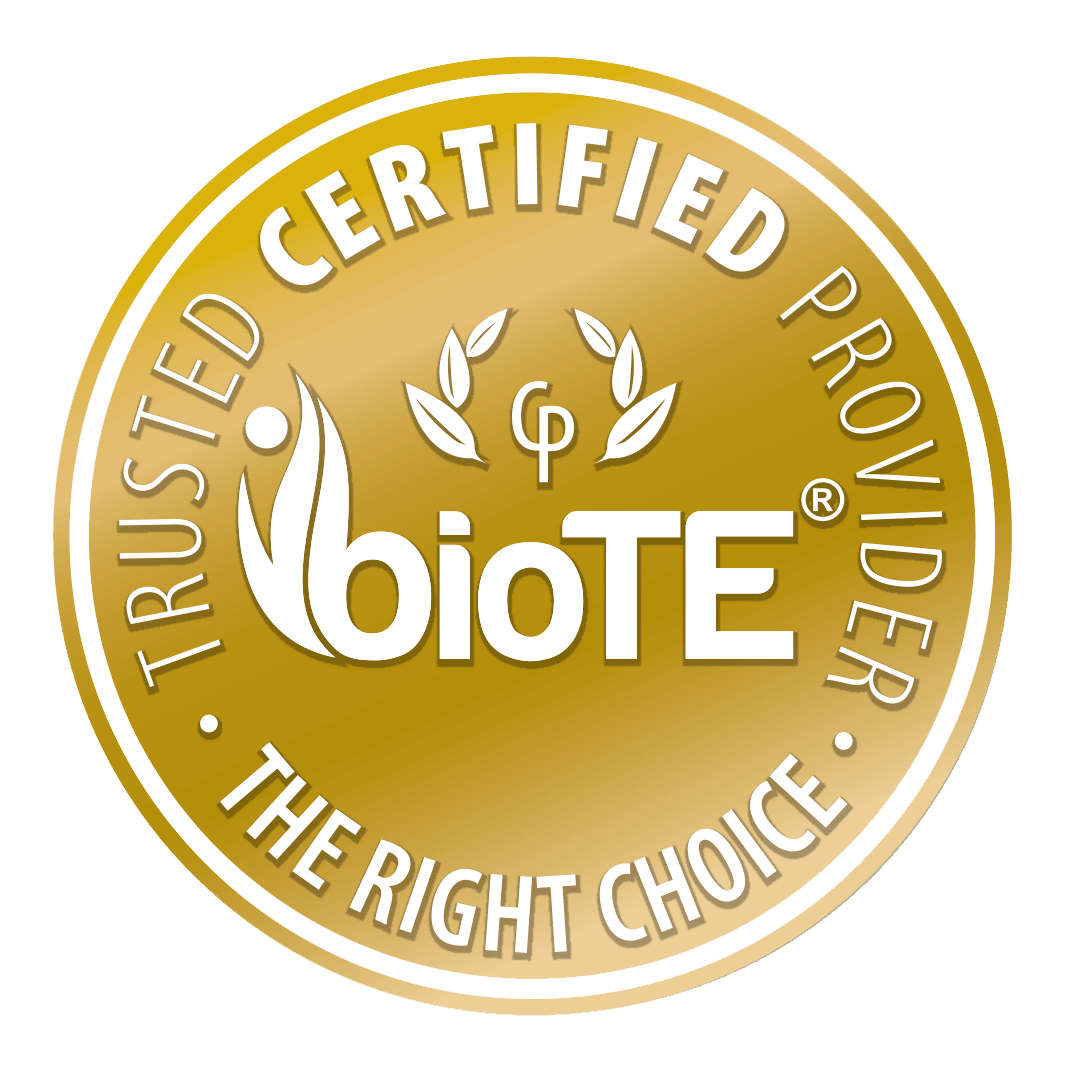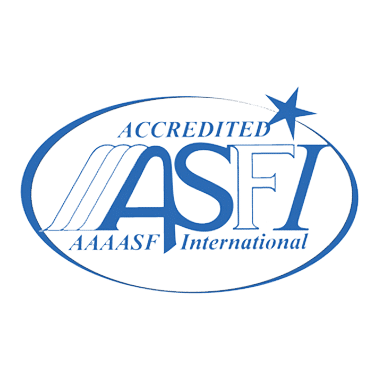What is a Brow Lift?
As we age, the skin of the forehead can begin to sag, resulting in low, heavy brows and deep sideways lines or vertical lines between the brows (the elevens or frown lines). A brow lift, also known as a forehead lift, is a cosmetic surgery procedure used to tighten the tissues on the forehead to create a more youthful contour to the forehead, upper eyelids, and eyebrows and erase visible signs of aging.
Who is a Candidate?
People with low or drooping eyebrows that create sad, tired, or grumpy facial expressions or deep lines and hyperactive muscles are good candidates for brow lifts. During a consultation with Dr. Sweat, it will be determined if you are a good candidate, and you can discuss your desired brow lift surgery outcomes and go over any questions you may have.
The Procedure
There are three different brow lift techniques that can be used to perform a brow lift procedure. These include open brow lift, endoscopic brow lift, and limited incision brow lift.
Open Brow Lift
During an open brow lift (also known as a coronal brow lift), an incision will be made along the forehead around the hairline or in the creases of the forehead. Muscles will be loosened or removed, and excess forehead skin will be removed. The incision is most often hidden in the anterior hairline.
Endoscopic Brow Lift
During an endoscopic brow lift (or endoscopic forehead lift), a long, thin tube with a camera attached at the end (endoscope) will be inserted through small incisions in the scalp. This tool allows the surgeon to work on internal structures of the forehead without creating large incisions and is more appropriate for those with hyperactive muscles than excess skin.
Limited Incision Technique
The limited incision brow lift (also known as a temporal brow lift) is a hybrid of both procedures and is non-endoscopic with limited incisions. Scars are hidden in the hairline or brows in men with receding hairlines. This option is best to address wrinkles at the corners of the eyes.
The Results
After your brow lift, bruising, swelling, and numbness are common temporarily. Sutures will usually dissolve on their own. Many patients are able to return to work within a week but should avoid heavy lifting and straining for upwards of six weeks. Total recovery time can be discussed during your consultation with Dr. Sweat.



























